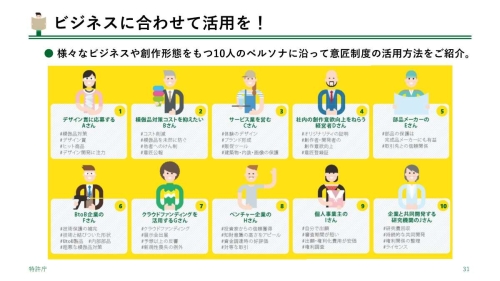2023-01-27 ヘルマン・フォン・ヘルムホルツ協会(HGF)
In the control perovskite layer (left), the microcrystals are not perfectly ordered and voids can form. In the new variant (right), the dipolar polymer cushions the tiny crystals and thus reduces the thermomechanical stress. © G. Li/HZB
◆しかし、太陽電池は屋外で大きな温度変化にさらされながら、少なくとも20年間は安定した出力を提供することが求められている。シリコン系太陽電池はこれを容易にこなすが、半有機ペロブスカイトはすぐに性能が落ちてしまう。「太陽光は太陽電池の内部を80℃まで加熱し、暗所ではすぐに外気温に冷却される。これがペロブスカイト微結晶の薄膜に大きな機械的ストレスを与え、欠陥や局所的な相転移を生じさせ、薄膜がその品質を失うのです」と、HZBの大規模グループを率いるAntonio Abate教授は説明する。
◆アバテ教授は、自身の研究チームと多くの国際的なパートナーとともに、さまざまな太陽電池構造におけるペロブスカイト薄膜の安定性を著しく向上させる化学的変化を研究した。
◆ストレスに強い “ソフトシェル。「これまでの成果をもとに、デバイスの構造とプロセスパラメーターを最適化し、最終的にb-ポリ(1,1-ジフルオロエチレン)、略してb-PV2Fで決定的な改善を達成しました」と、アバーテ教授が指導する博士課程の学生、ギシアン・リーは言う。 b-PV2F分子は、双極子の交差するジグザグチェーンに類似しています」。「このポリマーは、薄膜中の個々のペロブスカイト微結晶をソフトシェルのように包み込み、熱機械的ストレスに対するクッションのようなものをつくっているようです」とアバテ教授は説明する。
◆この太陽電池は、80℃から-60℃の間で100サイクル、1太陽電池換算で1000時間の連続点灯に耐えることができた。これは、約1年間の屋外使用に相当する。
<関連情報>
- https://www.helmholtz-berlin.de/pubbin/news_seite?nid=24528&sprache=en&seitenid=1
- https://www.science.org/doi/10.1126/science.add7331
温度変化に耐える高効率p-i-n型ペロブスカイト太陽電池 Highly efficient p-i-n perovskite solar cells that endure temperature variations
Guixiang Li ,Zhenhuang Su ,Laura Canil,Declan Hughes,Mahmoud H. Aldamasy ,Janardan Dagar,Sergei Trofimov ,Luyao Wang,Weiwei Zuo,José J. Jerónimo-Rendon,Mahdi Malekshahi Byranvand ,Chenyue Wang,Rui Zhu,Zuhong Zhang,Feng Yang,Giuseppe Nasti,Boris Naydenov,Wing C. Tsoi,Zhe Li,Xingyu Gao ,Zhaokui Wang,Yu Jia,Eva Unger,Michael Saliba,Meng Li,Antonio Abate
Science Published:26 Jan 2023
DOI: 10.1126/science.add7331
Running hot and cold
Like other solar cells, commercial perovskite solar cells (PSCs) would not only need to maintain operation at the high temperatures generated in direct sunlight but also endure the lattice strain created by temperature changes throughout the year. Li et al. fabricated high-quality perovskite crystalline films by adding a fluorinated polymer, the dipoles of which lowered formation energy of the perovskite black phase, decreased defect density, and also tuned the surface work function for charge extraction. Power conversion efficiencies of 23% were achieved for 1-square-centimeter devices that retained over 90% of their efficiency after testing conditions for 3000 hours and after repeated cycling between −60° and 80°C. —PDS
Abstract
Daily temperature variations induce phase transitions and lattice strains in halide perovskites, challenging their stability in solar cells. We stabilized the perovskite black phase and improved solar cell performance using the ordered dipolar structure of β-poly(1,1-difluoroethylene) to control perovskite film crystallization and energy alignment. We demonstrated p-i-n perovskite solar cells with a record power conversion efficiency of 24.6% over 18 square millimeters and 23.1% over 1 square centimeter, which retained 96 and 88% of the efficiency after 1000 hours of 1-sun maximum power point tracking at 25° and 75°C, respectively. Devices under rapid thermal cycling between −60° and +80°C showed no sign of fatigue, demonstrating the impact of the ordered dipolar structure on the operational stability of perovskite solar cells.



